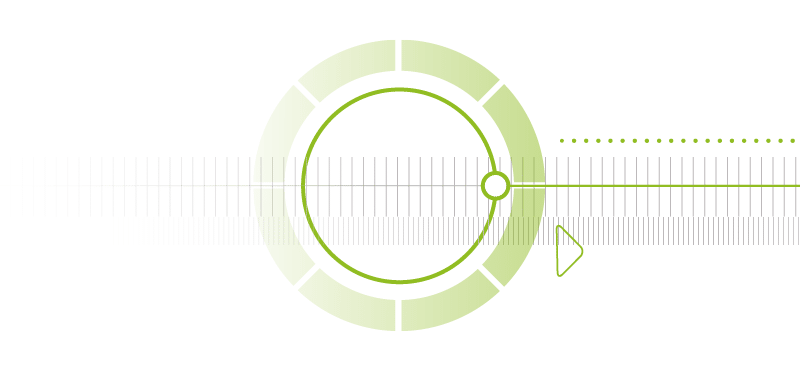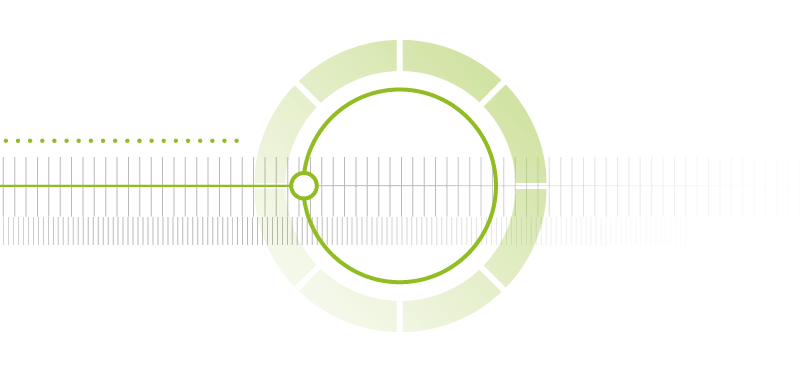The ambitious goals for lifetime and availability can be achieved with a consistent process. Central maintenance offers a good prerequisite for the application of knowledge-based analytics in order to achieve the best possible quality of service.



For a long time, the rail sector was the stepchild of traffic policy and was correspondingly static. This has changed significantly. The shift of mobility for people and goods towards rail has initiated a massive wave of investment worldwide. This is true for vehicles as well as for rolling stock.
At the same time, the borders between manufacturer, operator, and maintenance operator have begun to move, primarily due to the trend towards long-term maintenance contracts.
Lifetimes in the rail sector are extremely long and the availability goals (MDBF) extremely high. New developments in the rail sector partially show a sharp increase in functional density. On the other hand, the manufactured volume in this industry is comparably low. The validation of reliability using large volume fleet endurance testing is therefore neither economically nor technically wise. The increasing volume of traffic requires the highest possible level of availability. This requires the optimisation of maintenance of railways and rolling stock.
The reliability process provides the consistent chain of solutions. From functional development of the components, via the validation on a module level, up to fleet analysis and diagnostics, all fields are networked and covered. A lot of the experience made with this approach can be transferred to other industries. The necessary adaptation to the rail-specific environment is done in close exchange with experts.

You are currently viewing a placeholder content from Facebook. To access the actual content, click the button below. Please note that doing so will share data with third-party providers.
More Information